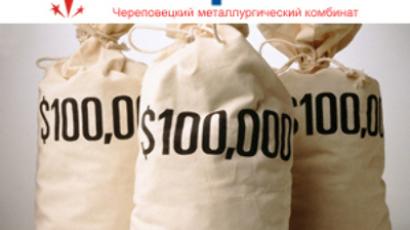Rising food prices drive push for greater import substitution
Food prices in Russia are growing three times faster than in the rest of Europe, driven by the high level of food imports and a weakening Rouble.
Russia still imports around 40% of its food. That figure goes up to 70% for Russia's major cities. The government is trying to stimulate farming and drive import substitution.
But Stefan De Loecker, Managing Director of Nestle Russia, part of the world’s biggest food company, says Russia’s dependence on food imports is not easy to eliminate.
“As far as I can talk about our segment – the import is basically not driven by anything else but availability of raw materials. Russia is not a producer of cocoa and cacao, or coffee, basically on climatological circumstances. As far as availability of certain technologies is concerned, I think the imports can come down as these technologies are going to develop.”
Russia imports almost a third of its meat – a paradox, says Andrey Sizov, Managing Director of Sovecon Consultancy, for the world's leading grain exporter.
“Other grain exporters are either self-sufficient in meat production, or even exporters. What we do is export grain – they process it, produce feed for animals and then sell meat to us. So we are exporting raw materials and buying value-added products.”
Experts say the effect of the weaker Rouble will drive up imported food prices in Russia by more than inflation this year, possibly by up to 20%. That, at least, should help local producers increase their market share.














